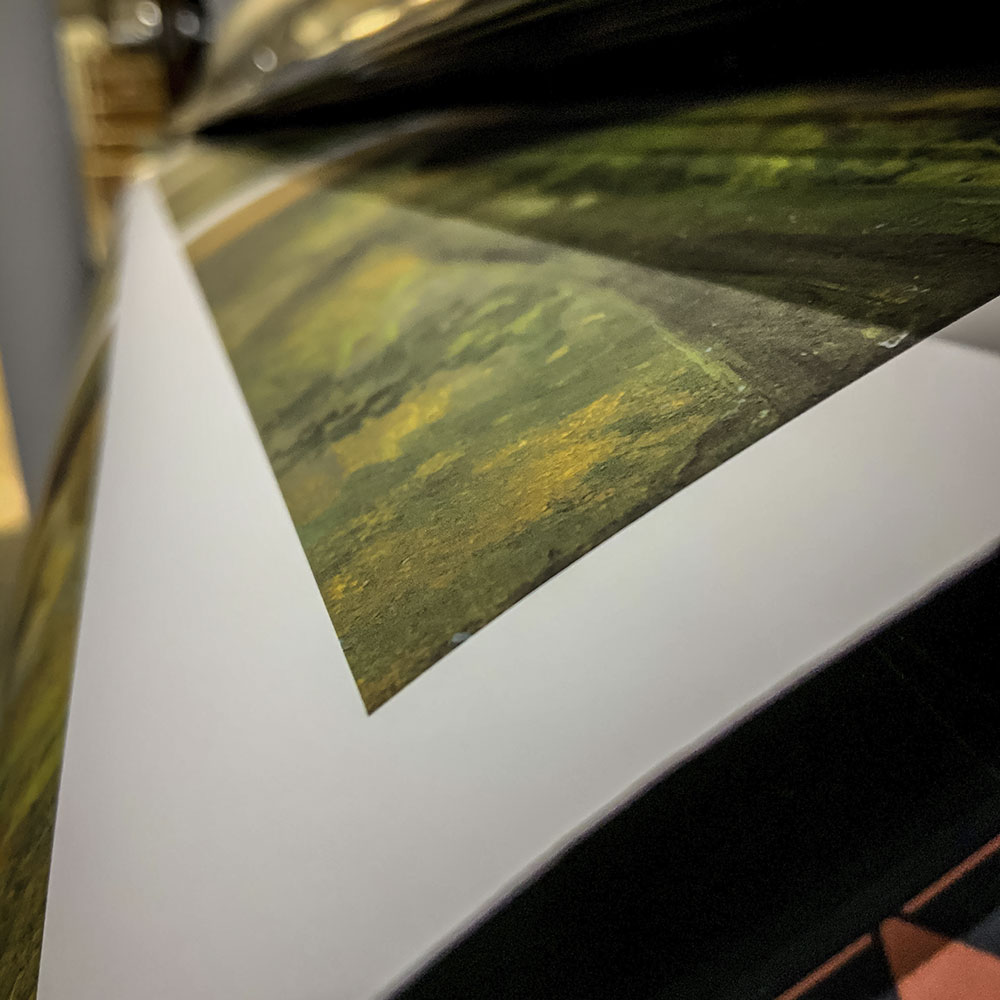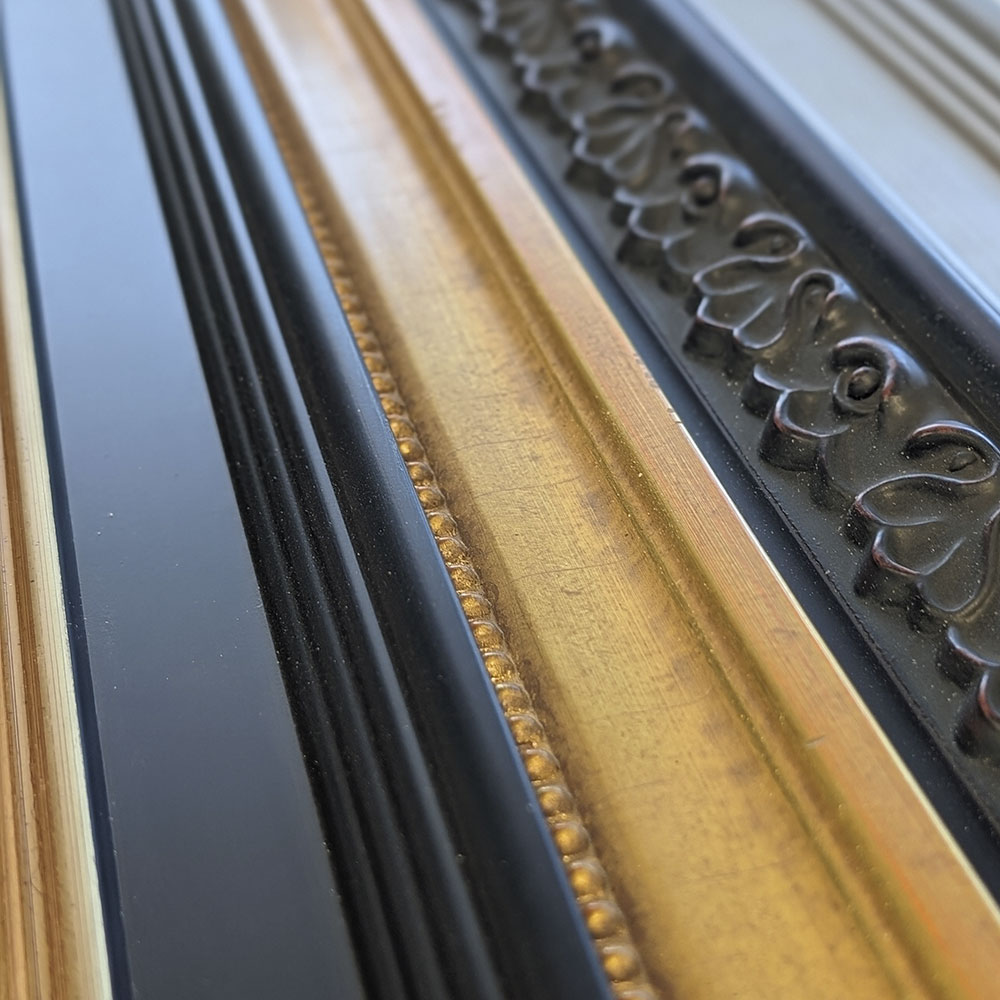A native of Philadelphia, Albert E. Gallatin established himself as an influential painter, critic, and collector in New York between World Wars I and II. In 1927 he opened his Gallery of Living Art at New York University-the first modern art collection on public view in the United States. Gallatin was a key figure in the American Abstract Artists (AAA) group, and was part of a sub circle of members dubbed the Park Avenue Cubists for their wealth and social status, which allowed them to widely promote abstraction in the art world. Directly inspired by the art of leading European modernists such as Picasso and Léger, whom he knew and whose work he collected, his dynamic “compositions” reveal Gallatin’s distinctive synthesis of cubist and constructivist ideas.


